Last Updated: November 26, 2025
Dharmendra: Complete Biography of Bollywood’s He-Man – Life, Career, Family and Legacy
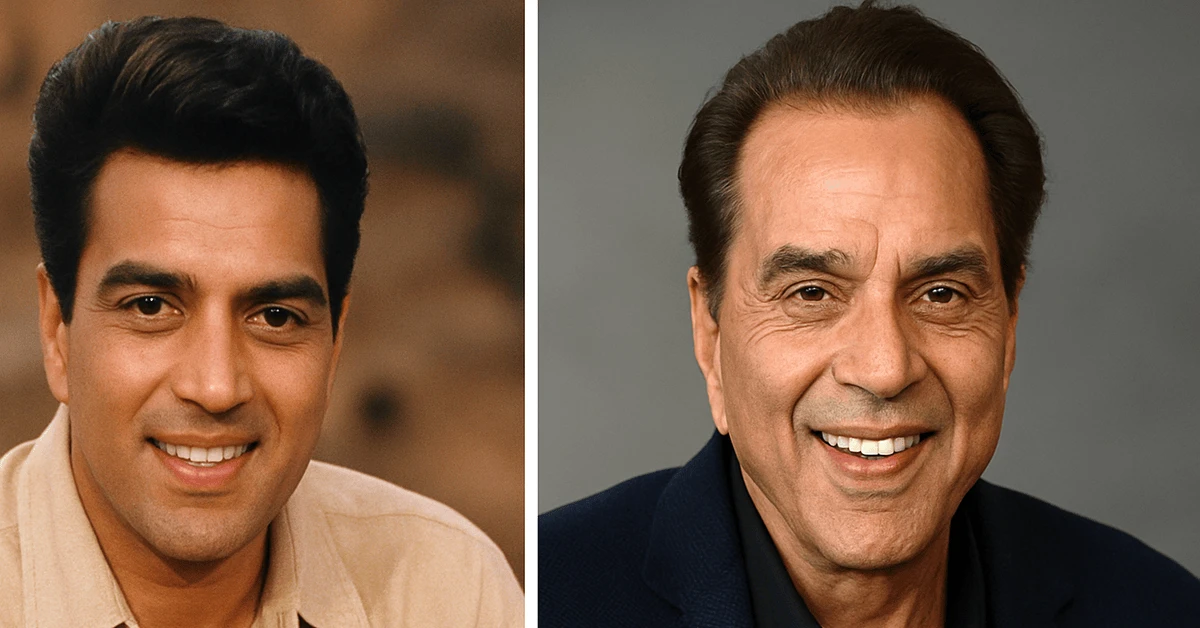
Dharmendra is one of the most beloved and influential actors in the history of Indian cinema. Popularly known as the “He-Man of Bollywood”, he defined a unique style of rugged, emotional, action-oriented heroism that inspired generations of film lovers and actors.
From his modest childhood in Punjab to ruling the box office in the 1960s–1980s, from sensitive roles in parallel-style cinema to high-energy action films and later character roles, Dharmendra’s journey is a complete story in itself. This article explores his early life, career milestones, family, political journey, awards, iconic films and lasting legacy in a detailed yet reader-friendly way.
Early Life and Background
Dharmendra was born as Dharmendra Kewal Krishan Deol on 8 December 1935 in Nasrali, a village in Ludhiana district of Punjab, British India. He was raised in a middle-class Jat Sikh family. His father, Kewal Krishan Singh Deol, worked as a school teacher and his mother, Satwant Kaur, was a homemaker.
The family later shifted to Sahnewal, where Dharmendra spent much of his childhood. He studied in local schools and later attended Ramgarhia College, Phagwara. Growing up, he was fascinated by cinema and often spoke about his admiration for legendary actor Dilip Kumar. Like many young men of his time, he never initially imagined that he would one day become one of the biggest faces of Hindi cinema.
Journey to Mumbai: The Talent Contest That Changed His Life
Dharmendra’s path to films began when he won an acting talent contest organised by a popular film magazine. The contest brought him to Bombay (now Mumbai), where he met producers and directors and received his first showbiz exposure.
Encouraged by the opportunity, he moved to Mumbai to pursue acting. The early days were not easy — like most strugglers, he faced financial challenges and uncertainty. But his determination, impressive looks and sincerity helped him slowly gain a foothold in the industry.
Film Debut and Early Roles
Dharmendra made his debut with the film Dil Bhi Tera Hum Bhi Tere (1960). In the initial years of his career, he appeared in smaller productions and supporting roles. Unlike his later “tough hero” image, these early films often portrayed him as a romantic or sensitive young man.
Gradually, he began to receive better roles in critically appreciated films such as:
- Anpadh (1962)
- Bandini (1963)
- Haqeeqat (1964)
These films proved that Dharmendra was not only good-looking but also capable of serious, emotional performances. Directors and producers started noticing his range, and his filmography began to grow steadily.
Breakthrough and Rise to Stardom
The mid-1960s to the 1970s were transformative years. With films like Phool Aur Patthar (1966), Dharmendra’s image as a powerful leading man started to solidify. His performance as a rough, morally complex character in this film made audiences sit up and take notice.
Through a combination of emotional dramas, romantic films and action-oriented stories, he became one of the most in-demand actors of the time. His collaborations with leading actresses and respected directors further strengthened his position in the industry.
He-Man of Bollywood: Action Image and Iconic Roles
Dharmendra earned the title “He-Man of Bollywood” because of his commanding physical presence and dynamic action roles. During the 1970s, he was at the heart of some of the biggest action and masala entertainers of the era.
Key films that shaped his “He-Man” image include:
- Mera Gaon Mera Desh
- Jugnu
- Yaadon Ki Baaraat
- Pratiggya
- Dharam Veer
- Charas
In these films, Dharmendra often played fearless heroes who stood up against injustice, fought gangs or dacoits, and protected their families or villages. He became known for doing many of his own stunts, riding horses and bringing realistic energy to fight scenes.
What made him especially loved was the combination of strength and softness. Even as an action star, he could smoothly switch to romance, comedy or emotional breakdowns, making his characters feel human and relatable.
Sholay and the Legendary Veeru
In 1975, Dharmendra played one of the most iconic roles in Indian cinema: Veeru in Sholay. The film is widely considered one of the greatest Indian movies of all time, and his portrayal of the charming, brave, slightly mischievous Veeru became a cultural reference point.
Alongside Amitabh Bachchan’s Jai, Dharmendra formed the unforgettable Jai–Veeru duo. From the famous water-tank scene where Veeru threatens to jump, to his light-hearted romance with Hema Malini’s Basanti, Dharmendra showed how effortlessly he could mix comedy, romance and action.
Sholay ensured that his name would forever be linked with the golden era of Hindi cinema.
Versatility Beyond Action: Comedy and Emotional Performances
Although his action roles gave him the “He-Man” image, Dharmendra also delivered outstanding performances in romantic and comic films. Some classics that showcase his softer and humorous side include:
- Anupama
- Satyakam
- Chupke Chupke
- Seeta Aur Geeta
- Dream Girl
In Satyakam, directed by Hrishikesh Mukherjee, he played an idealistic engineer struggling with corruption and personal compromise. Many critics still regard this as one of the finest performances ever by a Hindi film actor.
In Chupke Chupke, he showed immaculate comedy timing, proving that he was equally at home in light-hearted family comedies.
On-Screen Partnerships and Chemistry
Dharmendra enjoyed memorable chemistry with several leading actresses of his time, including Meena Kumari, Mala Sinha, Sharmila Tagore, Asha Parekh, Rakhee, Zeenat Aman and Rekha.
However, his most famous on-screen partnership was with Hema Malini. Together, they delivered a string of hit films such as:
- Seeta Aur Geeta
- Sholay
- Dream Girl
- Naya Zamana
- Jugnu
Their chemistry, both on and off screen, captured the imagination of audiences and the media, making them one of the most loved couples in Bollywood history.
Producer and the Deol Film Dynasty
In addition to acting, Dharmendra also became a film producer. Under his home banner, he introduced his sons to the film industry:
- Sunny Deol with Betaab (1983)
- Bobby Deol with Barsaat (1995)
Both sons went on to become well-known actors, especially in action and dramatic roles. Over time, the Deol family became one of Bollywood’s most recognised film dynasties, with Dharmendra’s daughters and step-daughters also working in cinema and performing arts.
His grandson Karan Deol has also entered films, carrying forward the family legacy to a new generation of audiences.
Political Career
Dharmendra’s popularity and mass connect also took him into politics. He joined the Bharatiya Janata Party (BJP) and was elected as a Member of Parliament (Lok Sabha) from Bikaner, Rajasthan, serving from 2004 to 2009.
While his star power helped in winning the seat, he has often been candid in interviews that his true comfort zone was always the film set, not the political arena. After his term, he largely stepped back from active politics and focused again on acting and family life.
Later-Year Roles and Comeback Appearances
As he grew older, Dharmendra smoothly transitioned into character roles and ensemble films. Rather than retiring, he adapted to age-appropriate parts that still retained his charm and emotional strength.
Some notable later-career films include:
- Life in a... Metro
- Johnny Gaddaar
- Apne
- Yamla Pagla Deewana series
- Rocky Aur Rani Kii Prem Kahaani
In these movies, he often played affectionate fathers, grandfathers or quirky elders, winning the hearts of a new generation who had not grown up with his 1970s films but quickly recognised his screen warmth and presence.
Awards and Honours
Despite being one of the most successful and popular actors in Hindi cinema, Dharmendra is often described as an underrated performer when it comes to formal awards. Even so, he has received several major honours:
- Filmfare Lifetime Achievement Award (1997)
- Padma Bhushan (2012) – India’s third-highest civilian award
- Numerous honours from film associations, TV channels and cultural organisations
Over time, critics have re-evaluated his work and often highlight films like Satyakam, Anupama and Bandini when discussing the finest performances of his era.
Personal Life and Family
Dharmendra’s personal life has always drawn public interest. He married Prakash Kaur in 1954, before joining films. They have four children together: sons Sunny and Bobby, and daughters Vijayta and Ajeeta.
During his film career, he fell in love with co-star Hema Malini, with whom he worked in many hit films. They later married, and have two daughters, Esha Deol and Ahana Deol. The blended Deol family is a major part of Bollywood’s social and cultural fabric.
In his later years, Dharmendra has often preferred a quieter life at his farmhouse, enjoying farming, nature, and spending time with his children and grandchildren, while occasionally interacting with fans through TV, events and social media.
Health and Public Appearances in Recent Years
Like many senior citizens, Dharmendra has faced various health issues over the years. There have been occasional hospitalisations and media reports about his health, but he has repeatedly reassured fans by appearing in public, posting videos and giving interviews.
Even with reduced on-screen frequency, his presence at film promotions, award shows and family events continues to generate warmth and nostalgia among audiences.
Dharmendra’s Legacy in Indian Cinema
Dharmendra’s impact on Hindi cinema goes far beyond box-office numbers. His legacy can be seen in several dimensions:
- Redefining the action hero: He showed that an action star could be physically strong yet emotionally vulnerable and romantic.
- Balancing mass and class: His films appealed both to audiences in small towns and to urban viewers who appreciated nuanced performances.
- Inspiration for future actors: Many modern action heroes and character actors cite him as a major influence.
- Evergreen appeal: Even decades after his peak, TV reruns and digital platforms constantly introduce him to younger viewers.
For countless fans, he is not just an actor but a symbol of a certain era of Hindi cinema — an era of sincerity, melodious music, larger-than-life heroes and heartfelt stories.
Essential Dharmendra Films to Watch
If you want to explore or revisit Dharmendra’s work, here is a simple guide across different moods and phases:
Emotional and realistic performances
- Satyakam
- Anupama
- Bandini
Action and masala entertainers
- Mera Gaon Mera Desh
- Jugnu
- Yaadon Ki Baaraat
- Pratiggya
- Dharam Veer
Comedy and romance
- Chupke Chupke
- Seeta Aur Geeta
- Dream Girl
Later-career highlights
- Life in a... Metro
- Johnny Gaddaar
- Apne
- Yamla Pagla Deewana series
- Rocky Aur Rani Kii Prem Kahaani
These films collectively show why Dharmendra is still respected as one of the most versatile and charismatic actors in Indian cinema.
Conclusion
Dharmendra’s story is a classic Indian success narrative: a teacher’s son from a small town who reached the very top of the film world through talent, hard work and an unshakeable connection with ordinary people.
Whether he is remembered as the He-Man of Bollywood, the romantic hero of the 1960s, the action superstar of the 1970s, the loving father of the Deol dynasty or the gentle elder in modern films, one thing is constant – his place in the hearts of audiences.
As new generations discover his films on television and streaming platforms, Dharmendra’s work will continue to entertain, inspire and touch people, ensuring that his legacy remains evergreen in the history of Indian cinema.
FAQs about Dharmendra
Who is Dharmendra?
Dharmendra is a veteran Indian film actor, producer and former politician, widely known as the “He-Man of Bollywood”. He is celebrated for his powerful action roles, emotional performances and long, successful career in Hindi cinema.
Why is Dharmendra called the “He-Man of Bollywood”?
He is called “He-Man” because of his strong physical build, daring action scenes and heroic on-screen image. The title reflects both his tough persona and his emotional depth as an actor.
What are some of Dharmendra’s most famous movies?
Some of his most notable films include Sholay, Satyakam, Phool Aur Patthar, Mera Gaon Mera Desh, Jugnu, Yaadon Ki Baaraat, Chupke Chupke, Seeta Aur Geeta, Dream Girl, Apne and the Yamla Pagla Deewana series.
Who are Dharmendra’s family members in Bollywood?
His sons Sunny Deol and Bobby Deol are popular actors. His wife Hema Malini is a legendary actress. His daughter Esha Deol and grandson Karan Deol have also worked in films.
Has Dharmendra received any major awards?
Yes, Dharmendra has received the Filmfare Lifetime Achievement Award and was honoured with the Padma Bhushan, among other recognitions for his contribution to Indian cinema.
Is Dharmendra still active in films?
While he is not as frequently seen as in his younger days, Dharmendra continues to appear in selected films and special roles, and remains an active and respected figure in the Indian film industry.
You May Also Like:
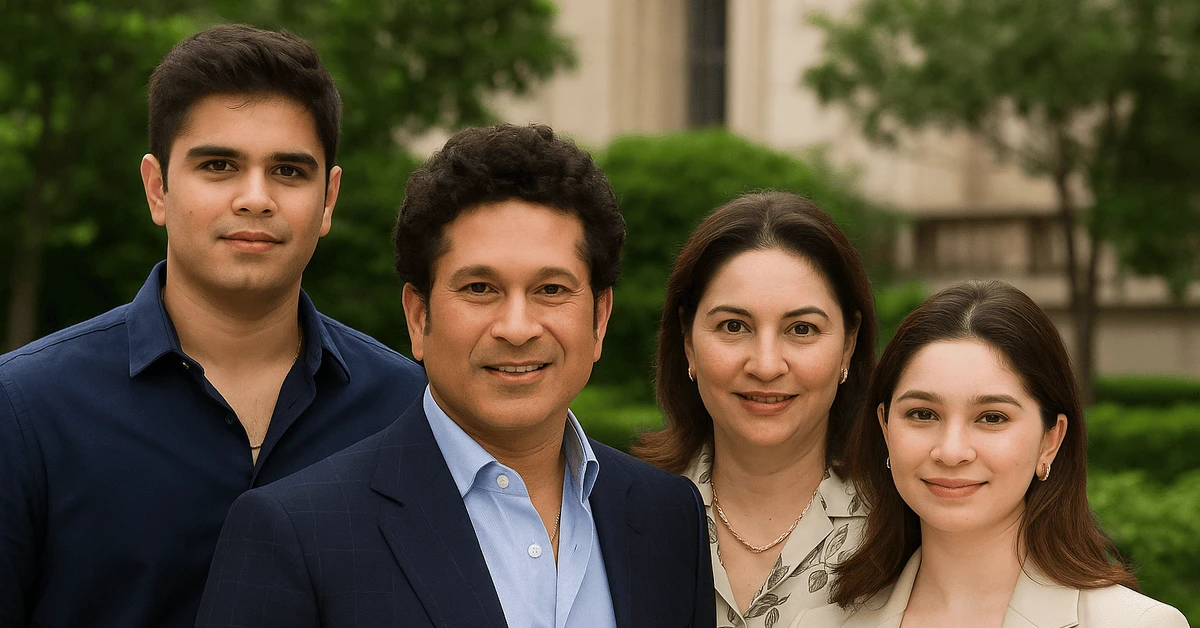
Sachin Tendulkar Life, Net Worth, Family, Businesses, and Untold Facts (2025)...
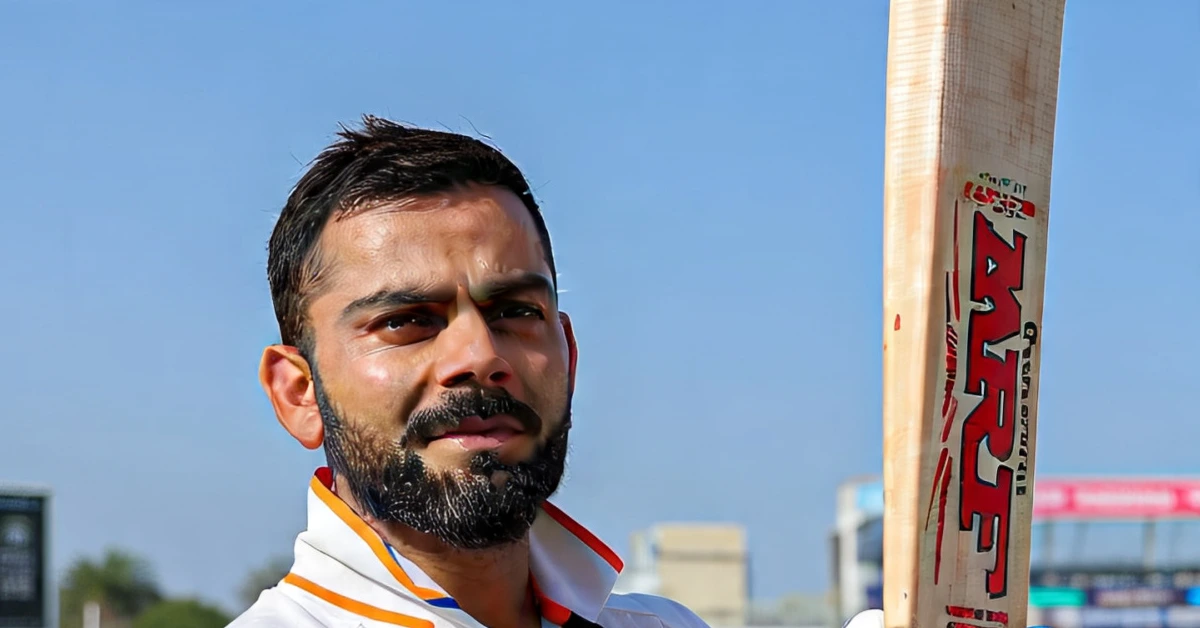
Cricket Legends Retiring in 2025: Full Career Stats, Records, and Legacy...
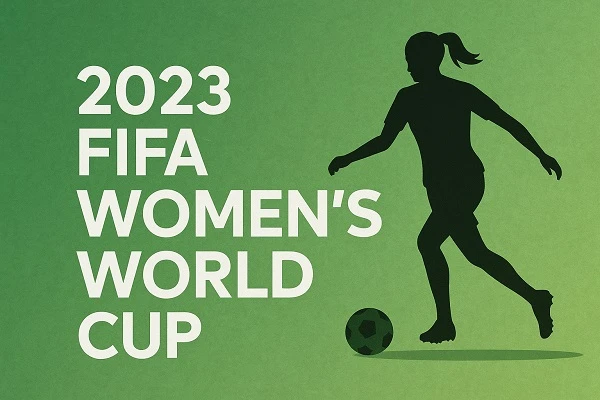
The 2025 FIFA Women’s World Cup: A Historic Leap in the Legacy of Women’s Soccer...
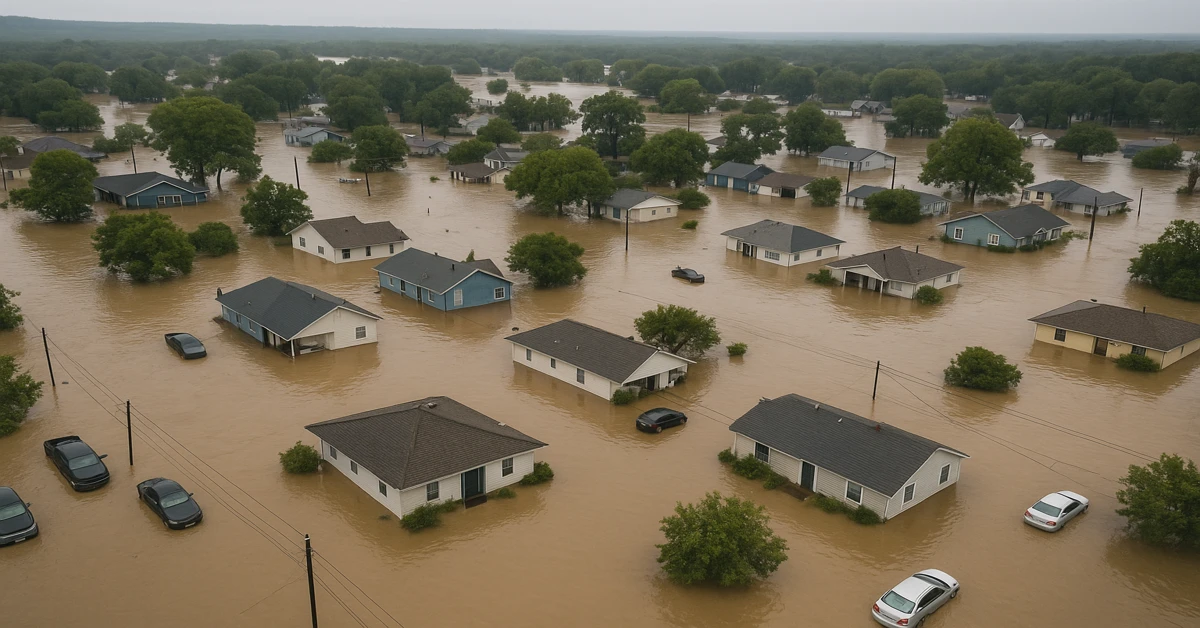
Texas Flood Tragedy: Doctor Fired Over Heartless Comment, Pat Green’s Family Lost & 7 Shocking Sto...
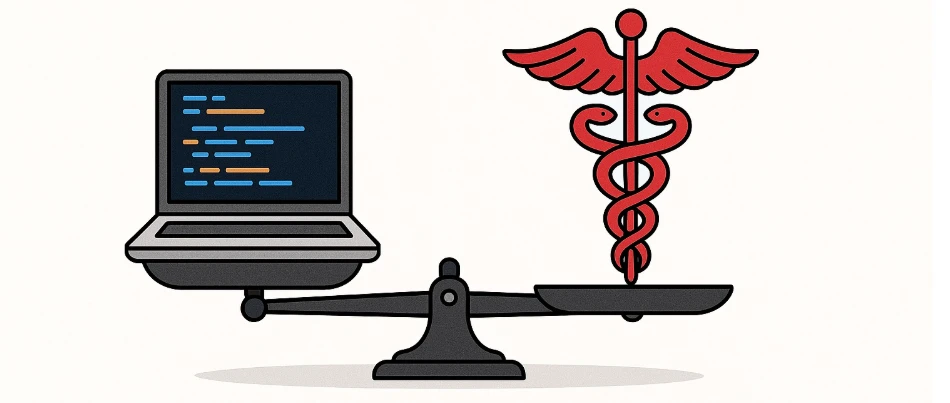
Should I Choose Software Engineering or Medical as a Career?...

How to File an Online FIR in Pakistan: Complete Guide for Punjab, Sindh, KP and Islamabad...
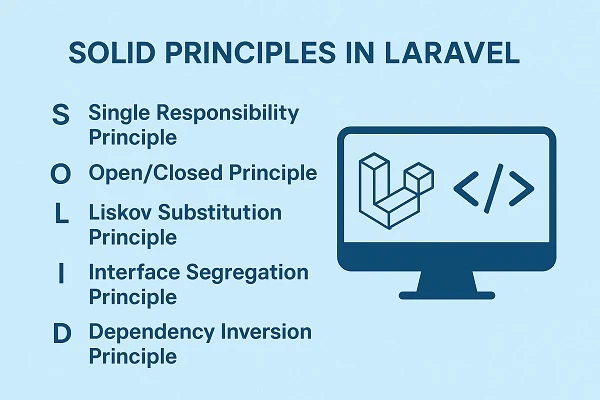
Mastering SOLID Principles in Laravel: A Complete Guide with Code Examples...
